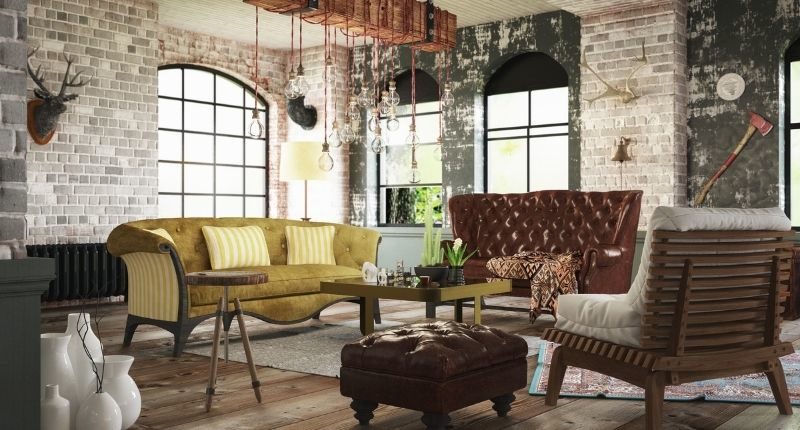- Currently the latest trend across the property market, says Herron Todd White Director Chris McKillop
- Such sites are being sought by microbreweries, high-quality restaurants, cafes, hairdressers and florists
- Now, homeowners are taking advantage of the extra spaces such properties can provide
Lifestyle industrial is the latest trend sweeping the Australian property market, according to Heron Todd White Director, Chris McKillop.
Lifestyle industrial describes the use of industrial buildings, both old and new developments, as lifestyle businesses and even residential spaces.
Mr McKillop said the increasing popularity of lifestyle industrial has “flipped the property game on its head” and has produced a prime opportunity for investors and homeowners to profit from the fad.
Old precincts reignited
According to Mr McKillop, lifestyle industrial precincts usually spark in older, pre-established industrial precincts that are in proximity to the CBD or quality residential areas.
However, developers are also jumping on the bandwagon and embracing the lifestyle industrial concept by undertaking new industrial projects with the objective of appealing to the newly created market.
“They’re choosing to adopt higher-end architectural designs and finishes to attract lifestyle tenants to their industrial areas, leading to sale price premiums for their sheds,” he said.

Rising residential use
Alongside visitors, the lifestyle industrial precincts are also attracting residents who are embracing the property value benefits.
“Historically, being near industrial property was an absolute no-go for residents with claims of noise, smell and heavy-use activity being a turn off.
“Lifestyle industrial sees sheds moving away from their traditional use for businesses like smash repair shops, spray painters and steel fabricators, and toward more resident-friendly operations such as microbreweries, high-quality restaurants, cafes, hairdressers and florists,” said Mr McKillop.
Mr McKillop said industrial sheds can include caretaker units, which are attracting residents to these areas.
Homeowners are taking advantage of the extra space benefits, purchasing industrial properties for reasons such as needing additional parking or storage space, or operating a business.
“We’re seeing homeowners buy these sheds so they can own a decent sized living area and huge additional space for, say, $800,000 in a location where houses cost around $1 million.”
Chris McKillop, Herron Todd White Director
Investors are also capitalising on the rising popularity of lifestyle industrial, with an uptick seen in investor interest.
“They can buy these investment for sub-$500,000 and they’ll get a five per cent net rental return, because the tenant typically pays all the outgoings,” added Mr McKillop.
Tips for buyers
As for those contemplating buying into the lifestyle industrial market, Mr McKillop advises that buyers check the area’s zoning to avoid mistakenly ending up in a heavy industrial area.
He also advises that prospective buyers check if caretaker units are approved as living spaces, and to follow the projects of new developers to get ahead of other buyers.
Mr McKillop advises investors to seek properties with existing tenants where possible, or obtain advice on the area’s tenant demand.
“Having an untenanted commercial property of any sort is risky at the best of times,” he concluded.








